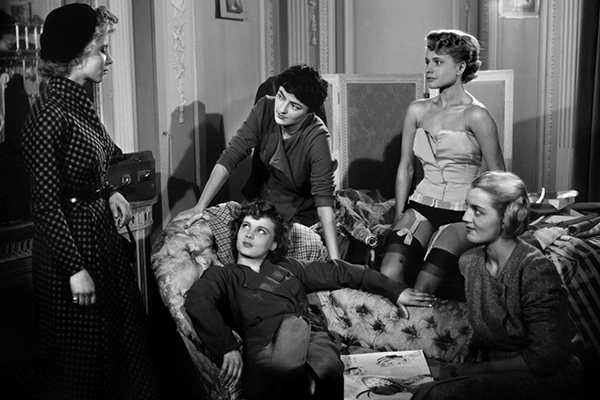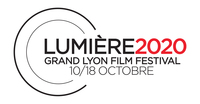Film restoration: painstaking work in the name of cinephilia
PostED ON OCTOBER 12 AT 11:25 AM
Driven by a booming market, film restoration allows classics to regain their brilliance and their place in movie theatres, like at the Lumière festival. A primer on the steps and challenges of this meticulous work of a goldsmith.

Philosophy: The objective of restoration is to bring back the condition of the film when it was first shown. The undertaking seems somewhat illusory, because it is often difficult, when films are very old, to know precisely how they were visually conceived. There is thus an element of interpretation on the part of the laboratory technicians. Without instructions, they try to respect the technical vagaries to which the film has been subjected and try to imagine to what extent its author was able to fine tune it. Professionals stress that there is no absolute truth in restoration; each film has its own issues.
Ethics: Restorers strive to erase the wear and tear of time, not to correct the original defects. However, some who commission the restoration may attach importance to "cleaning" the work of its imperfections. Certain people will therefore consider that a hair in the gate is not aesthetic and claim that the operator did not want it. Others, on the other hand, will be in favor of preserving the defects, because they are part of the history of the film. The cursor always oscillates between these two points of view.
Preparation: An abundance of documentation research on the work - director's notes, production guidelines, available versions - is carried out to inform the technicians of the visual choices made at the time of its production.
"Mechanical" reconditioning: The original negatives are reconditioned so that they can withstand being passed in the machine for the scanning process. The original edges, located between each frame, are reinforced or recreated if they are weakened. Damaged perforations and tears on the film are repaired. The length of this process depends on the age and condition of the film. On average, it takes one month.
Wiping and scanning: Once repaired, the negative is wiped: it is passed through a machine emitting ultrasonic rays, which rids it of encrusted dust. The film is then scanned and digitized, frame by frame. Thousands of files will then be generated- as many files as there are images on the negative.
Image restoration: All the wear and tear of time is erased, image by image, using a graphics palette and software to treat scratches, spots, gelatin chips or traces of punches. The software uses the images before and after the defective image to reconstruct the area to be repaired.
Image calibration: Technicians readjust the colorimetry of the color negative or its density and contrasts for a black and white film. This is an important phase because its success depends on the harmony of the shots between them and the maintenance of the visual identity of the film.
The digitization of sound: This process takes place concurrently with image digitization. The negatives are scanned and digitized. Contrasts, saturations and irregularities are verified. The "clicks" and "bumps" are removed to allow the intelligibility of the voices. This work is never done on the original sounds, which number in the hundreds, but on the mixes.
Photochemical backup: After digital restoration, the film is printed on a 35mm polyester negative intended for long-term conservation; the effectiveness of digital backups is not yet known.
Price: The price of a restoration depends on the age of the film and its condition before the start of the process, but it usually ranges between 80,000 and 200,000 euros, including the return on film.
In France: Aid from the National Centre for Cinema and the Animated Image (CNC), which can finance up to 90% of restoration budgets, is boosting the French market. Interest in this discipline is also growing, thanks to the many initiatives of festivals (such as the Lumière festival!) or event presenters related to restoration such as the Cinémathèque Française.
A few examples: Jacques Tati remixed all of his work before his death; some directors take advantage of a restoration to correct an oversight or rectify a detail they regret. Jean-Paul Rappeneau, for example, wanted to soften the sharpness in Marlène Jobert's voice in Swashbuckler/The Scoundrel (1971). Jean-Marie Poiré made a point of erasing the presence of his technical team that was "forgotten" in the background of a scene from The Visitors (1993). Occasionally, restorers come across small subtleties, like in Weekend (1967) by Jean-Luc Godard, where a shift in the image was actually an artistic choice of the director. Annotations by Louis Feuillade on the Fantômas series have enabled it to be restored to its original "midnight blue". Another example: a version of Querelle (1982) by Rainer Werner Fassbinder containing a hardcore sex scene, censored in France, has been restored to show the filmmaker's initial work.
Benoit Pavan

